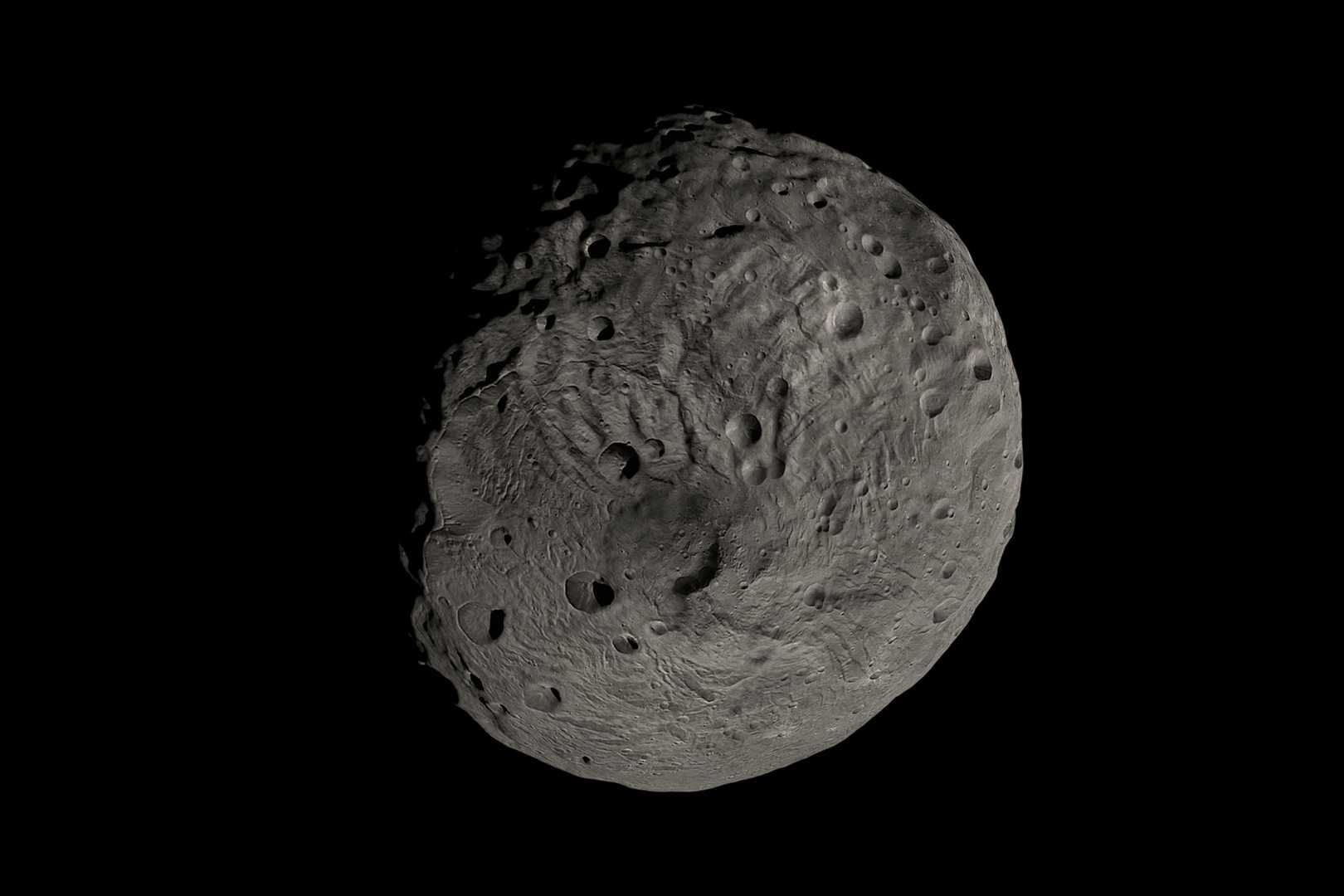Tech
New Research Redefines Vesta’s Identity in Our Solar System

Pasadena, California — New research from scientists at Michigan State University (MSU) has redefined the identity of Vesta, a large object in the asteroid belt. Traditionally considered an asteroid, Vesta may possess characteristics of a protoplanet, challenging long-held notions about how celestial bodies form.
For decades, Vesta was studied for insights into how early planets evolved, with scientists noting its crust, mantle, and core. A recent study published in Nature Astronomy by a team from the NASA Jet Propulsion Laboratory (JPL) indicates that Vesta’s internal structure is far more uniform than previously assumed. This surprised researchers who thought Vesta was a protoplanet that could not complete its formation.
“The lack of a core was very surprising,” said Seth Jacobson, assistant professor of Earth and Environmental Sciences at MSU and co-author of the study. “It’s a really different way of thinking about Vesta.”
The research team proposed two main hypotheses to explain Vesta’s unique characteristics. The first suggests that Vesta experienced incomplete differentiation, meaning it began the melting process necessary for forming layered structures but never finished. Alternatively, it may be a fragment of a larger planet that broke apart during the formation of the solar system.
Jacobson previously suggested this idea at an astronomy conference, indicating some meteorites may come from collisions during early planet formation. He now believes the notion is worthy of serious consideration due to the recent analysis of data from the NASA Dawn mission.
Vesta, which has a surface covered with volcanic basaltic rocks, was examined by the Dawn spacecraft from 2011 to 2012. The mission aimed to enhance understanding of planet formation. The spacecraft orbited Vesta and produced high-resolution images while measuring its gravity field.
“After nearly a decade of refining our calibration and processing techniques, we achieved remarkable alignment in our data,” said Ryan Park, principal engineer at JPL. “Our findings show Vesta’s history is far more complex than previously believed.”
The implications of this research extend to understanding conditions that determine the growth of planetary bodies. Jacobson’s team hopes to explore further into Vesta’s past and its role in solar system formation, potentially shifting how planets and asteroids are studied in the future.
As Jacobson noted, “These could be pieces of an ancient planet before it grew to full completion. We just don’t know which planet that is yet.”












